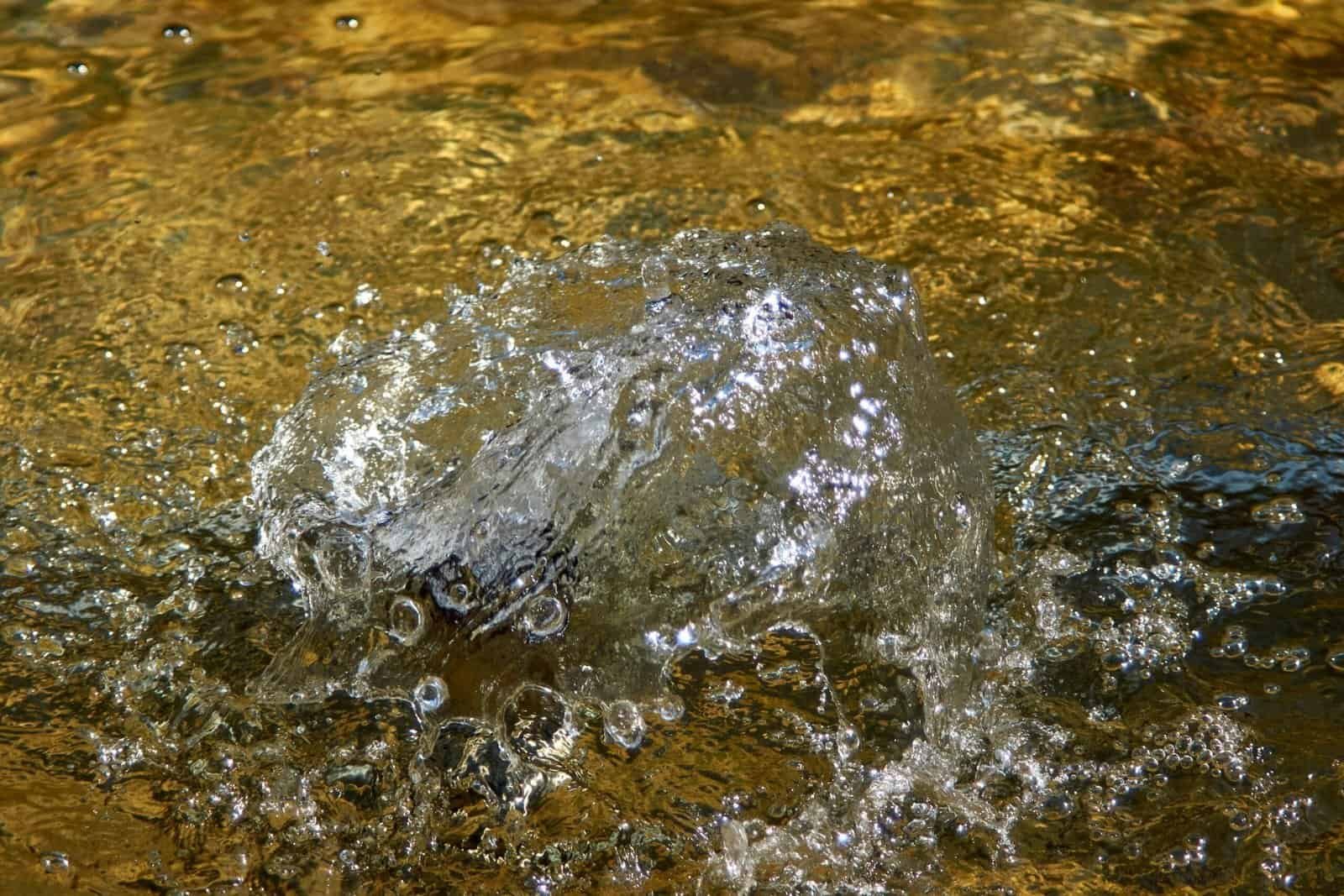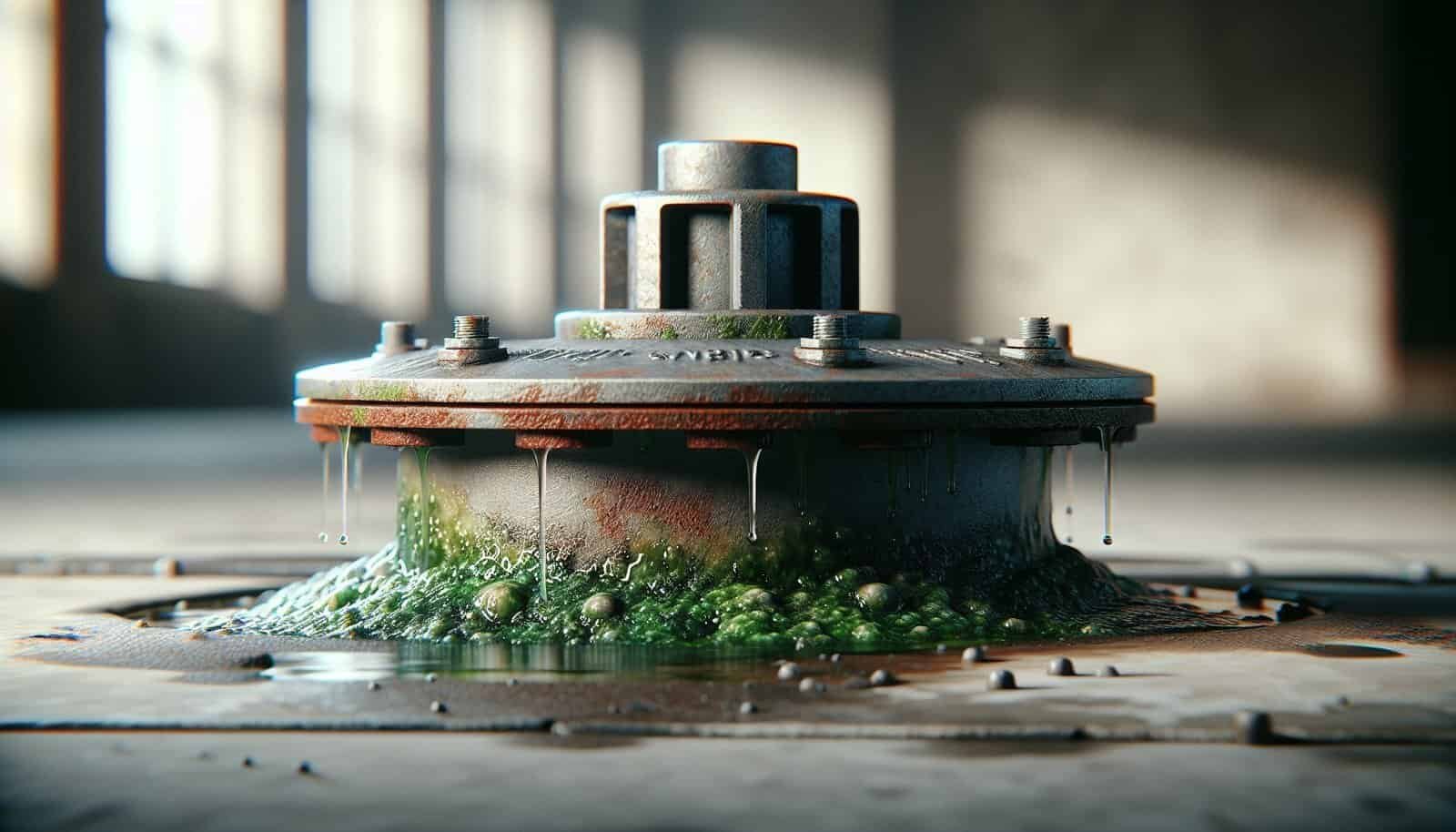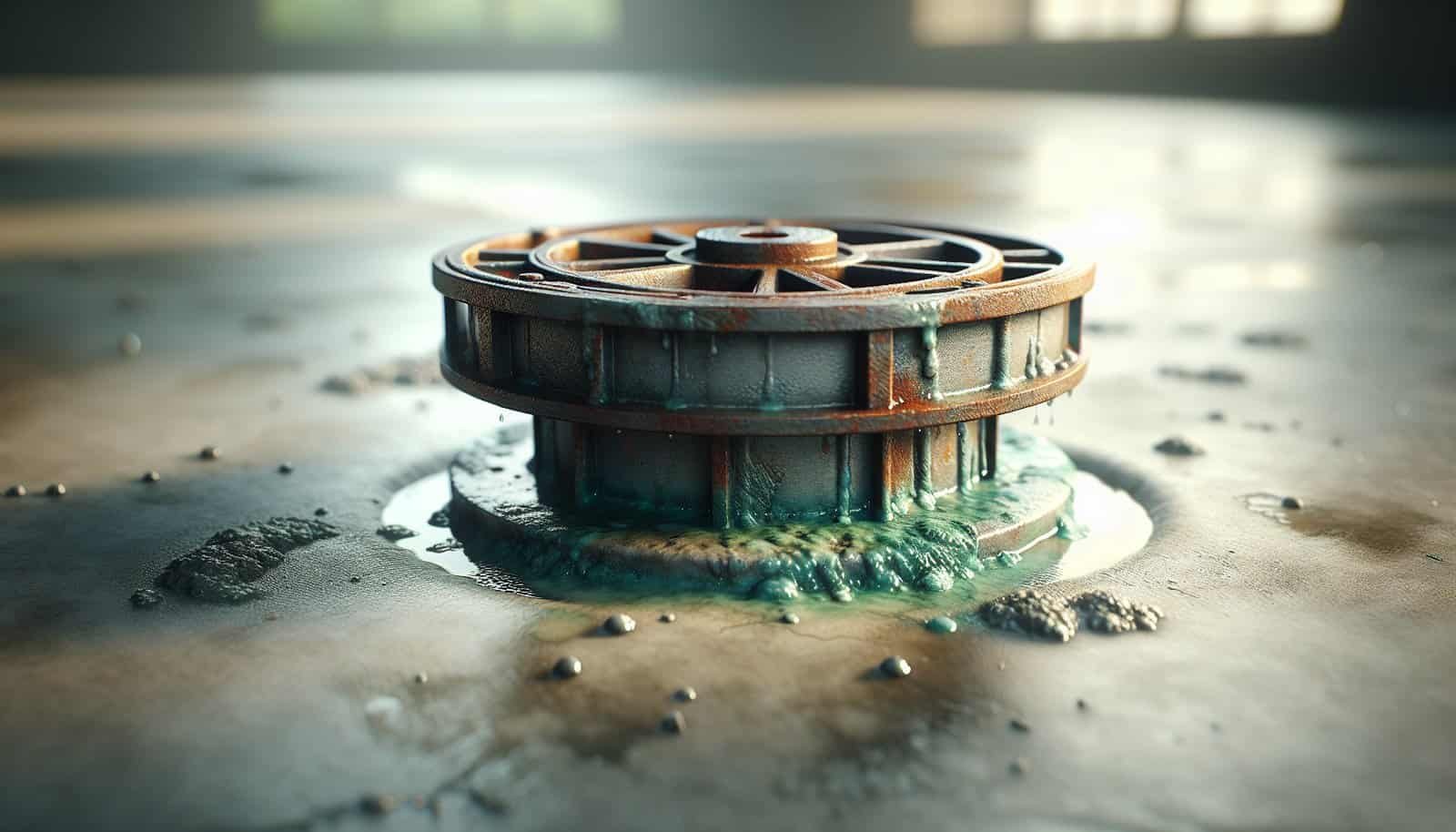Could your septic system be contaminating your well water right now?
Can A Septic System Contaminate My Well?
You rely on your well for drinking water, cooking, and household use, so the idea that your septic system might be a threat feels personal. This article explains how septic systems and wells interact, what can travel from one to the other, and what you can do to protect your water supply.
How Septic Systems Work
A septic system treats household wastewater on-site by separating solids from liquids and allowing liquids to percolate into the soil. The system typically includes a septic tank, a distribution box, and a drain field (leach field) where effluent flows into the surrounding soil for natural filtration.
Septic tanks settle solids to the bottom where anaerobic digestion reduces volume, while scum floats to the top. The clarified liquid exits to the drain field, and the soil microbiology and physical filtration remove many pathogens and contaminants before groundwater contact.

How Wells Work
A private well draws groundwater from a confined or unconfined aquifer through a drilled, driven, or dug shaft. Well construction includes a casing, screen, and proper sealing at the surface to prevent direct contamination.
Groundwater movement depends on the aquifer’s geology, recharge rates, and hydraulic gradients. Shallow wells intersect more near-surface water that’s influenced by local sources, while deep wells tap more protected groundwater.
Pathways for Contamination from Septic Systems to Wells
Contamination can travel from a septic system to a well through soil and groundwater when conditions allow. The main pathways include direct infiltration from a failing drain field, lateral groundwater flow carrying effluent, and preferential pathways like fractured rock or buried utility lines.
Factors such as shallow water tables, permeable soils (sand, gravel), close proximity between the septic system and the well, and poor well construction increase the likelihood that contaminants will reach your well.

Contaminants of Concern
You should be aware of the types of contaminants a septic system can introduce into groundwater. These include biological pathogens, nutrients, organic compounds, and pharmaceuticals that can affect health and water quality.
Below is a table summarizing common contaminants, their sources, typical health effects, and how they are commonly detected.
| Contaminant | Source from Septic Systems | Potential Health Effects | How It’s Tested |
|---|---|---|---|
| Bacteria (E. coli, coliforms) | Human fecal matter | Gastrointestinal illness, infections | Total coliform & E. coli tests (lab) |
| Viruses (enteric viruses) | Human sewage | Gastroenteritis, more severe illness in vulnerable individuals | Viral assays (special lab tests) |
| Nitrates/Nitrites | Urine, household waste | Methemoglobinemia in infants, other health risks | Nitrate/nitrite chemical analysis |
| Phosphorus | Detergents, waste | Algal growth in surface waters; less groundwater mobility | ICP or colorimetric tests |
| Organic compounds (BOD, COD) | Household waste, cleaners | Oxygen depletion, smell, taste issues | Biochemical or chemical oxygen demand tests |
| Pharmaceuticals & Personal Care Products | Medications, cosmetics | Unknown long-term effects, endocrine disruption | Targeted multi-residue tests (LC-MS/MS) |
| Salts (chlorides) | Water softeners, detergents | Corrosivity, taste | Ion chromatography or conductivity |
| Parasites (Giardia, Cryptosporidium) | Fecal contamination | Severe gastrointestinal illness | Special lab microscopy or immunoassays |
Factors That Increase Contamination Risk
Certain site and system characteristics raise the chance that your well could be affected by septic effluent. Understanding these factors helps you assess your vulnerability and take preventive action.
- Distance between well and drain field: Shorter distances mean less natural filtration. Most health departments recommend specific minimum setbacks; being closer than recommended increases risk.
- Soil type and permeability: Sandy or gravelly soils allow faster movement of effluent. Clay slows movement and provides more filtration but can cause surface ponding and system failure.
- Depth to groundwater: Shallow groundwater makes it easier for contaminants to reach wells. During wet seasons or high water tables, the risk increases.
- Well construction and integrity: Poorly cased or uncapped wells allow direct entry of surface or near-surface contaminants. Cracked casings or missing sanitary seals are serious problems.
- System age and maintenance: Older or poorly maintained systems are more likely to fail. Lack of pumping or mechanical failures increase the chance of untreated effluent reaching the soil surface or groundwater.
- Topography and hydrology: Hillside drain fields can cause lateral flow; fractured bedrock or karst terrain provides fast pathways for contaminants.

Minimum Setback Distances and Regulations
Local regulations set minimum distances between wells and septic systems to reduce contamination risk. These setbacks are typically based on soil type, well depth, and local hydrogeology.
You should check with your county or state health department for exact requirements, as distances vary widely. Typical setbacks range from 50 to 200 feet, but special geology or shallow water tables might require greater separation.
How Industrial Activity Impacts Residential Well Safety
Industrial activities introduce a different set of contaminants and risks compared to household septic systems. If industrial facilities, storage tanks, or contaminated sites are near your well, your water could be affected by chemicals beyond typical septic-related contaminants.
Industries may release volatile organic compounds (VOCs), heavy metals, solvents, fuel hydrocarbons, and other persistent chemicals. These can migrate through groundwater and sometimes travel faster or farther than septic-derived contaminants because of their chemical properties and historical spills.

Comparing Septic vs. Industrial Contaminants
Below is a comparison table to help you understand differences between contaminants typically from septic systems and those from industrial activities.
| Feature | Septic Systems | Industrial Activities |
|---|---|---|
| Typical contaminants | Bacteria, nitrates, phosphorus, organic matter, pharmaceuticals | VOCs, heavy metals, solvents, hydrocarbons, PCBs |
| Persistence in environment | Often biodegradable; nitrates persist | Some are highly persistent and mobile (e.g., TCE, benzene) |
| Common health risks | Gastrointestinal illness, nitrates harmful to infants | Chronic toxicity, cancer risk, neurological damage |
| Detection methods | Routine lab water tests for bacteria, nitrates | Specialized tests for VOCs, metals, and organics |
| Typical remediation | Septic repair, shock chlorination, filters | Complex remediation: pump-and-treat, soil excavation |
| Source control | Regular maintenance, proper siting | Regulatory enforcement, monitoring, spill prevention |
How Contaminants Move in Groundwater
Understanding groundwater movement helps you see how contaminants travel from the source to your well. Groundwater flows along hydraulic gradients, and contaminants move via advection, dispersion, diffusion, and chemical reactions.
Some contaminants are adsorbed onto soil particles or degraded by microbes, slowing their travel. Others, like nitrates and certain VOCs, remain dissolved and can move with the water, reaching wells that are downgradient of the source.

Signs Your Well May Be Contaminated
You can’t rely solely on taste or smell to determine contamination, but certain signs should prompt immediate testing and caution. If you notice any of the following, act quickly to get your water tested.
- Foul, sewage-like odors or colors in the water. These can indicate nearby sewage contamination that requires testing.
- Sudden onset of gastrointestinal illnesses among household members. Recurrent stomach or intestinal problems after using household water should prompt a water test.
- Unusual tastes or staining on fixtures. While these can come from other sources, they also point to possible contamination.
- Changes after heavy rains or seasonal water table rise. Temporary contamination often follows storm events and surface recharge.
- Low well yield or changes in water clarity. These can indicate changes in aquifer conditions or contamination pathways.
Testing Your Well: What to Test and How Often
Regular testing is the most reliable way to protect your water. You should establish a testing schedule based on risk factors, and increase frequency if anything changes nearby or if you notice signs of contamination.
- Routine tests: At minimum, test annually for total coliform bacteria, E. coli, and nitrate. These are inexpensive and indicate fecal contamination and nutrient levels.
- Additional tests: If you have specific concerns, test for phosphorus, chloride, sulfate, volatile organic compounds (VOCs), metals (lead, arsenic), and specific industrial chemicals depending on nearby activities.
- After repairs or flooding: Test after septic repairs, well repairs, or flooding events when contamination is more likely.
- Vulnerable populations: If you have infants, pregnant women, elderly people, or immunocompromised individuals in your household, you should test more frequently and consider point-of-use treatment.
When sampling, use an accredited laboratory and follow their sampling protocol precisely to avoid false results. Many labs provide sampling kits and instructions.
Immediate Actions If You Suspect Contamination
If you suspect your well is contaminated, act quickly to protect your household. Your initial steps are critical to prevent illness and reduce exposure.
- Stop using the water for drinking and food preparation. Use bottled water or other safe sources until tests confirm safety.
- Avoid ingesting or cooking with the water. Boiling does not remove chemical contaminants; it only kills pathogens.
- Contact your local health department or environmental agency for guidance. They can recommend testing and notify you of known local contamination issues.
- Arrange for laboratory testing for bacteria, nitrates, and any specific suspected contaminants. Follow lab sampling instructions.
- Consider point-of-use options like certified filters for bacteria or activated carbon for some organics; however, proper selection depends on laboratory results.
Treatment and Remediation Options
Treatment depends on the contaminant type and concentration. Some solutions are simple and low-cost, while others require professional, long-term remediation.
- Shock chlorination: A temporary measure for bacterial contamination in wells. It can disinfect the well, but it does not address continual sources or chemical contamination.
- Point-of-use filtration: Certified filters can remove specific contaminants—e.g., reverse osmosis for nitrates, activated carbon for certain VOCs, and UV disinfection for bacteria and viruses.
- Well repairs and upgrades: Fixing casing, seals, and surface drainage can prevent future contamination. Proper well construction minimizes direct surface entry.
- Septic system repair or replacement: If the septic system is the source, repair or replace the failing components, relocate drain fields, or upgrade to advanced treatment systems.
- Large-scale remediation: For persistent industrial contaminants, professional remediation such as pump-and-treat, in-situ chemical oxidation, or soil excavation may be necessary and typically involves regulatory agencies.
Long-Term Prevention Strategies
You can significantly reduce the chance of contamination by combining good septic maintenance with proper well care and awareness of nearby industrial activities.
- Maintain your septic system: Pump your tank regularly (every 3–5 years commonly, depending on use), inspect the system annually, and repair issues promptly.
- Observe proper waste disposal: Don’t flush medications, chemicals, grease, or non-biodegradable items into your septic system. These can harm the system and increase contamination risk.
- Manage water use: Conserve water to reduce hydraulic overload of the septic system. Overloading reduces treatment time and increases effluent reaching groundwater.
- Maintain setbacks and drainage: Keep the area above the drain field free of heavy vehicles and structures. Ensure surface drainage diverts water away from the drain field and well.
- Protect the wellhead: Ensure the well is capped, the concrete apron is intact, and the casing extends above ground. Keep hazardous materials away from the immediate well area.
- Seal abandoned wells: Old, unused wells can act as direct conduits for contamination. Properly seal and decommission them according to local codes.
Working with Professionals and Agencies
Professional help is often necessary for accurate assessment and remediation. You should engage licensed septic contractors, certified well drillers, and state or local environmental health professionals when problems arise.
- Health departments: Local health agencies can provide testing guidance, regulatory requirements, and sometimes technical assistance.
- Licensed septic contractors: These professionals can inspect, repair, or replace septic components and advise on advanced systems if your site has constraints.
- Certified well drillers and pump service: Proper well construction and pump maintenance are essential for preventing contamination and ensuring safe water delivery.
- Environmental consultants: For complex industrial contamination or groundwater modeling, you may need environmental engineers or hydrogeologists to design remediation.
Cost Considerations
Costs vary widely depending on testing, repairs, and remediation needs. You should budget for regular testing, periodic septic pumping, potential repairs, and more costly interventions if significant contamination is found.
- Water testing: Routine bacterial/nitrate tests are relatively inexpensive, while specialized chemical analyses cost more.
- Septic pumping: Regular pumping is a moderate recurring expense and usually cheaper than system failure or groundwater remediation.
- System repairs/replacement: Repairs can range from modest fixes to full system replacement, which is costlier.
- Remediation: Industrial contaminant cleanup is typically the most expensive and may involve long-term monitoring.
Case Examples and Hypothetical Scenarios
Understanding real-world scenarios can help you relate to potential risks and responses. Here are a few hypothetical situations that show how contamination can occur and what steps you would take.
- Scenario 1 — Failing drain field near a shallow well: You notice sewage odors after heavy rain and recurring stomach illness. You should stop drinking the water, get bacterial and nitrate tests, contact a septic professional to inspect and repair the system, and consider immediate bottled water until results are clear.
- Scenario 2 — Industrial solvent spill upgradient: A manufacturing facility had a historical solvent spill that was poorly remediated. You find an unusual chemical taste and suspect VOCs. Arrange specialized laboratory testing for VOCs and contact environmental authorities to investigate broader contamination and remediation options.
- Scenario 3 — Old well and nearby agricultural land: You live near fields where manure or fertilizers are applied and have an older, shallow well. Test your water seasonally for nitrates and bacteria, maintain a good septic system, and consider deepening or upgrading your well if tests indicate repeated contamination.
Frequently Asked Questions (FAQs)
You probably have specific questions about testing, prevention, and what to do if contamination occurs. Here are concise answers to common concerns.
- How close can a septic system be to a well? Setback rules vary; check local codes. Typical minimums are 50–200 feet, but required distances depend on soil type and well depth.
- Can boiling the water fix contamination? Boiling kills pathogens but does not remove chemical contaminants like nitrates or VOCs. Use bottled water for chemical concerns.
- How often should I test my well? Test annually for bacteria and nitrates, more often if conditions change, if you have vulnerable household members, or after repairs/flooding.
- Can I keep using my well while waiting for test results? For non-essential uses like laundry, you may continue, but avoid using the water for drinking or cooking until safety is confirmed.
- Are homeowners responsible for contamination cleanup? Typically, yes. For industrial contamination, responsible parties or regulatory agencies may handle cleanup. Your local health department can advise on liability and assistance programs.
Practical Checklist: What You Should Do Now
Use this checklist to proactively protect your well and reduce contamination risk from your septic system or nearby industrial sources.
- Test your well annually for E. coli and nitrates. Increase testing if you notice issues or have vulnerable household members.
- Pump your septic tank on the recommended schedule and have regular inspections. Keep records of maintenance.
- Maintain appropriate setbacks and avoid placing the drain field uphill from the well. Consult local codes for specific distances.
- Avoid disposing of hazardous chemicals, medicines, and grease into the septic system. Use collection programs for pharmaceuticals.
- Keep the wellhead sealed and the area around the well free from chemicals, fuel, and runoff.
- If you suspect contamination, stop using the water for drinking, get lab tests, contact your health department, and hire licensed professionals as needed.
Final Thoughts
Your well and septic system are part of the same local water cycle, so keeping them in good condition protects your household and neighboring properties. With regular testing, conscientious maintenance, and prompt action when problems arise, you can significantly reduce the risk that your septic system—or nearby industrial activity—will compromise your water.
If you have specific concerns about contamination or need help interpreting test results, reach out to your local health department, a licensed well driller, or a certified septic professional for tailored guidance. Your proactive steps today can prevent costly repairs and health problems later.
